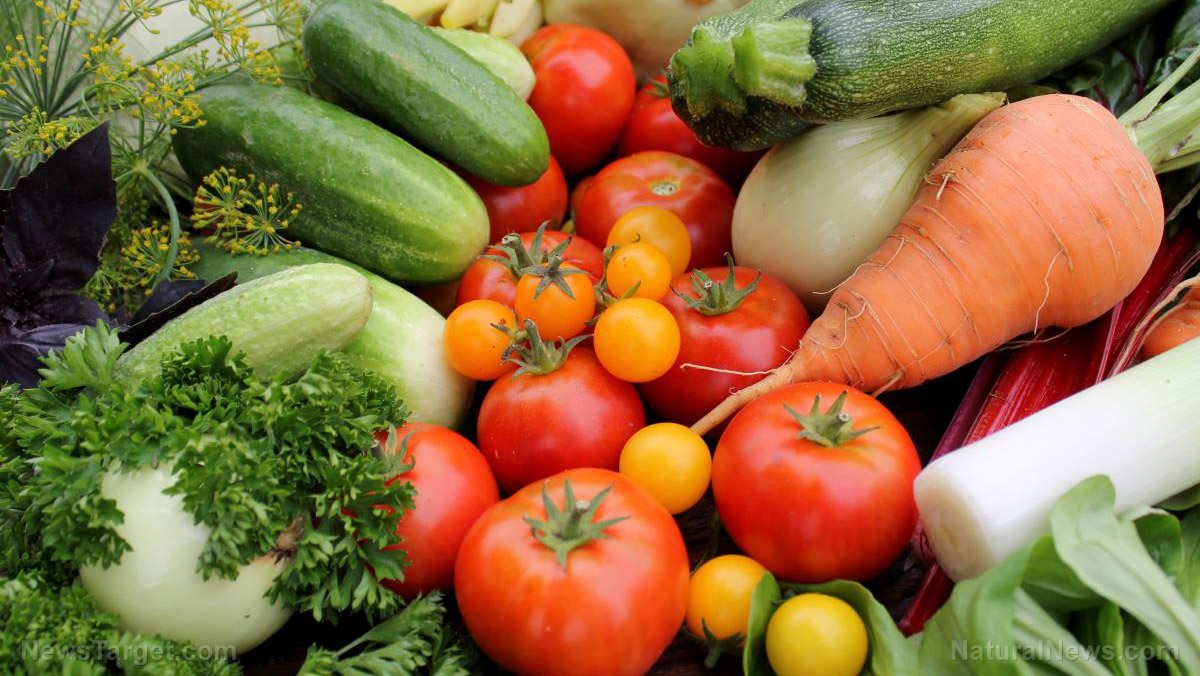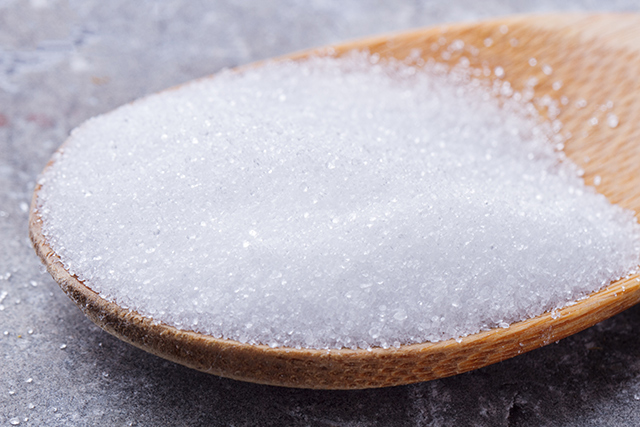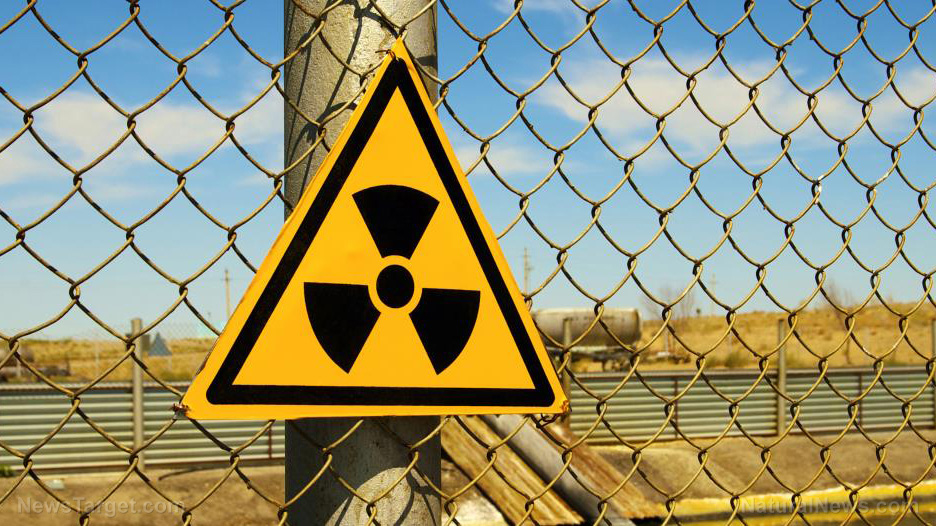
Trimethylamine oxide is metabolized by the liver. It is synthesized from trimethylamine, which is produced by the action of beneficial bacteria in the gut.
People who are at risk for heart diseases often display high levels of trimethylamine oxide in their blood. But the exact process that increases plasma TMAO is vague. The effect of the compound on the circulatory system is also uncertain.
Some studies reported that trimethylamine oxide appears to harm the circulatory system. A 2014 rat model by the Medical University of Warsaw (WUM) found that the hypertensive effects of a vasoconstrictor lasted much longer in healthy rats that experienced a 10,000 percent increase in blood TMAO during the course of two weeks.
However, researchers also found that TMAO plasma levels significantly increased after eating fish and vegetables. These foods are neutral or even beneficial to the cardiovascular system.
TMAO also protects deep-sea fish from the harmful effects of immense water pressure. Finally, it acts as a protein stabilizer.
Does trimethylamine oxide amend hypertension, or does it aggravate the condition?
A new research team, also supported by the WUM, decided to evaluate the effects of trimethylamine oxide on hypertension and cardiovascular diseases. They planned to test the compound for chronic periods of time.
The researchers created an animal model of hypertension using spontaneously hypertensive rats (SHRs) as the test animals. Healthy rats served as the control group.
Once they had been weaned, hypertensive rats were given either tap water or a solution containing 333 milligrams per liter of trimethylamine oxide. This dose is known to raise TMAO levels by 300 to 500 percent.
Starting at six weeks old, the animals were anesthetized and implanted with devices that kept track of their cardiovascular telemetry. Data on their heart rates and mean arterial blood pressure were collected every week for nine weeks straight.
At the end of the treatment period, the rats were evaluated for additional, in-depth recordings of their cardiovascular and brain health. Blood samples were taken from the right ventricles of their heart.
Finally, the animals were sacrificed. Their arteries, heart, and kidneys were harvested for biochemical and histopathological analysis, especially regarding the trimethylamine and trimethylamine oxide levels in their blood and urine.
Fish and vegetables that are rich in TMAO will benefit people with hypertension
Chromatography and mass spectrometry tests showed that the plasma trimethylamine oxide levels in the treated hypertensive rats were much higher than the healthy animals from the control group. The difference averaged out to 20 percent.
The plasma TMAO increased by 400 to 500 percent, which matched the expectations set by the earlier study. Furthermore, they did not accelerate or aggravate hypertension.
At 16 weeks, the angiopathy, cardiac hypertrophy, and blood pressures of both groups of hypertensive rats were more or less the same. However, the animals treated with trimethylamine oxide displayed better left ventricular end-diastolic pressure.
They also had lower plasma NH2-terminal pro-B-type natriuretic peptide. Finally, their hearts were in better shape with less fibrosis.
The results for the 60-week-old animals matched the outcomes for the younger rats. The water-treated rats suffered from hypertensive angiopathy and diastolic heart failure. In contrast, the trimethylamine oxide-supplemented animals proved to be much healthier.
Their findings led the researchers to conclude that increasing trimethylamine oxide in the body benefits animals with hypertension. The compound appears to decrease the negative effects of hypertension on the heart and the circulatory system.
Sources include:
Please contact us for more information.























